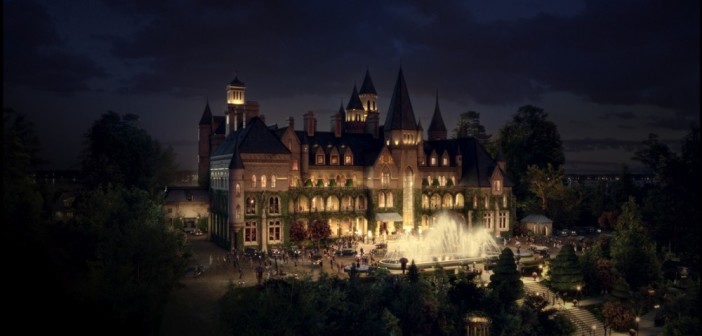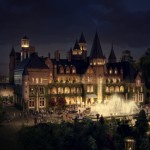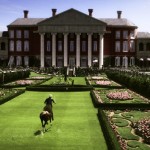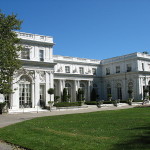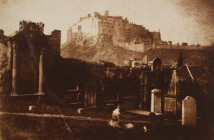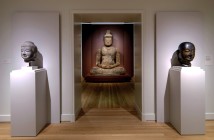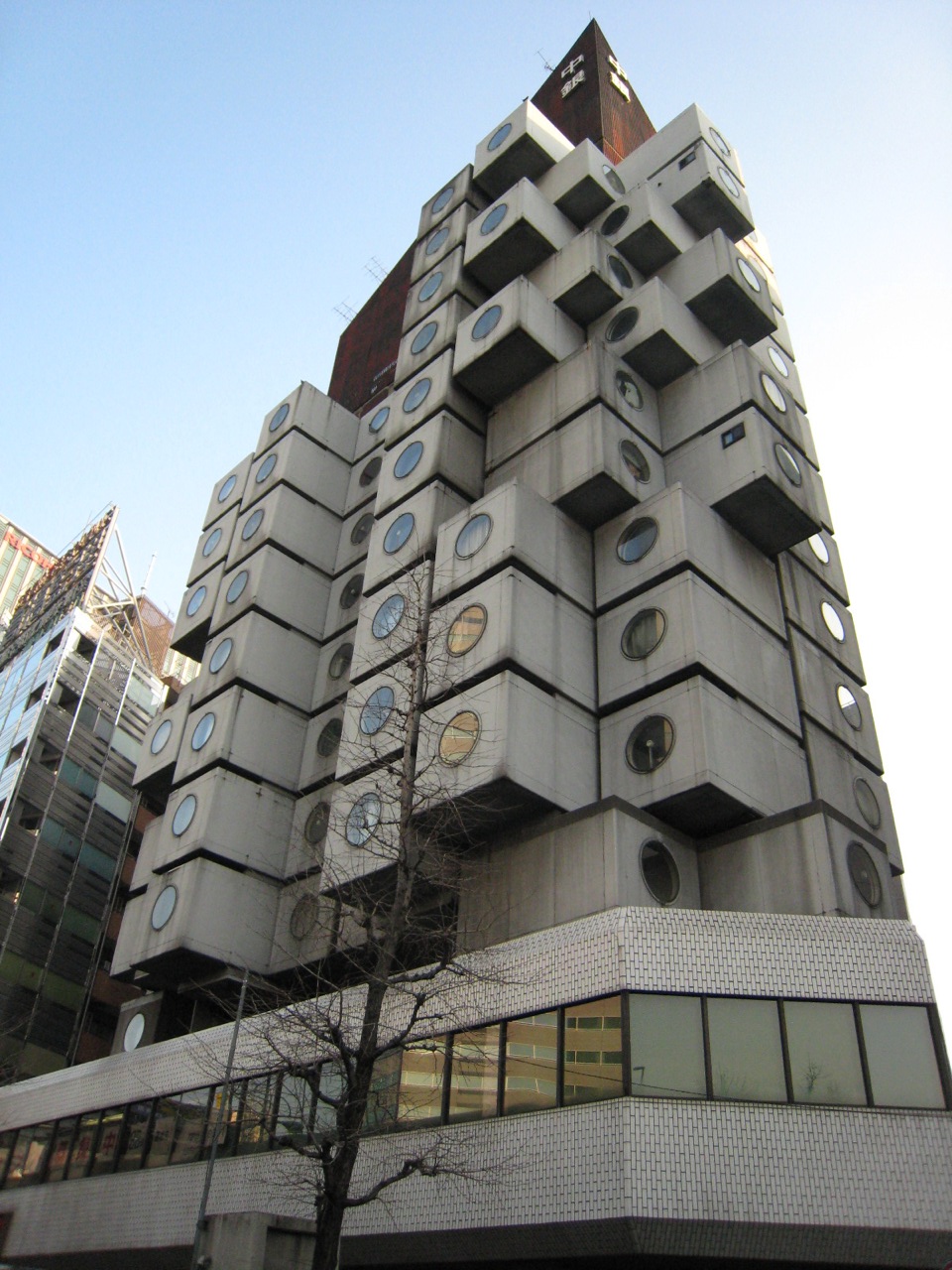The Great Gatsby, F. Scott Fitzgerald’s beautifully written story of the Jazz Age, details many aspects of the lost generation’s party life including the built environment. From Nick Carraway’s beat up cottage tucked in the shadow of his neighbor’s mansion, to Daisy Buchanan’s red Georgian in the posh neighborhood across the bay, the book has many lush descriptions of architecture. In the most recent film adaptation of the book, architecture also plays an important role and in many ways is the strength of an otherwise disappointing interpretation of the text.
Although Baz Luhrmann’s film has received mixed reviews from critics, most seem to agree that the general aesthetic of his epic is stunning. Daisy and Tom Buchanan’s house is lavished with sweeping aerial shots and Gatsby’s absurd nouveau riche chateau is given pride of place throughout. Luhrmann definitely strayed from the text in a variety of areas and his film often has a kind of music video kitsch quality that is a complete turn off. Because of this, the architecture depicted in the movie is often more successful and interesting than the content. Gatsby’s house in particular, when seen through Luhrmann’s unapologetically ostentatious lens, actually feels quite faithful to its literary counterpart.
Gatsby is a member of the newly rich. His lack of stature famously annoys blueblood Tom. He does not have the same taste as the upper crust Buchanans, nor the breeding required to know what constitutes respectable domestic architecture. The Buchanan’s live in a refined classical house, which Luhrmann depicts appropriately with a high white pediment and columns. Gatsby’s house, on the other hand, is an overblown manse that he uses as a party pad. The contrast between the two is a great indicator that Gatsby is not drawn to the classical ideal of the column and pediment but to the chivalric romance that asserts itself in his vaguely medieval abode.
In the 1974 film version of the story Rosecliff, one of the gilded age mansions in Newport, Rhode Island, portrayed the house at the center of the film. It was beautiful in the movie, but is not exactly what Fitzgerald had in mind for Gatsby. In the first chapter of his book, Fitzgerald describes the house next door to his narrator’s embarrassing cottage in the following words of Nick Carraway:
The one on my right was a colossal affair by any standard—it was a factual imitation of some Hôtel de Ville in Normandy, with a tower on one side, spanking new under a thin beard of raw ivy, and a marble swimming pool and more than forty acres of lawn and garden. It was Gatsby’s mansion.
Rosecliff did a fine job in the 1974 film. For sticklers though, the staid neoclassical beaux art design of the house is not truly in keeping with Fitzgerald’s description, which unflatteringly calls Gatsby’s mansion a copy of a French town hall. Gatsby’s house is a newcomer’s failed attempt to seem like a member of the elite. Rosecliff is an established family’s declaration of their status and would be more appropriate for Tom and Daisy than for Gatsby.
In Luhrmann’s frenetic pop interpretation of the book, Gatsby’s house, rendered in CGI, looks a bit like Harry Potter could go to school there but it is more in line with the character Fitzgerald is portraying in Gatsby. The house Luhrmann creates for Gatsby is loud and a little obnoxious. It does not have the quiet dignity of the Buchanan mansion or of Rosecliff, but cries out for attention and echoes with the laughter of many revelers. The faux grandeur of his house gives low class Gatsby a kind of purchased gravitas as well as something to show off when Daisy comes to call.
So, what does it matter which movie is right? A house is a house, a mansion a mansion. In literature and in art, the uniqueness of place can sometimes be lost in the interpretative moment. Fitzgerald’s work was inspired by real places on Long Island and an appreciation for these places can save them from unpleasant fates. Gatsby’s story, though fictional, is quintessentially American and is therefore of great value to the American audience. Knowledge of, and love for, the history of the places depicted in Fitzgerald’s text can give readers an appreciation for the unique history of the time and the unique architecture associated with it. Without this appreciation, we lose focus of why certain places matter.
Take Land’s End, a Doric columned home on the tip of South Point, Long Island. The house was supposedly an inspiration for the Buchanan Estate and was recently demolished to make way for a hamlet of McMansions. Perhaps, if readers and viewers had a better understanding of the places that inspired the text they would value them more and would work to save them from the wrecking ball.
Maybe these houses were just the playgrounds of the rich. Maybe there is something frivolous about maintaining them. But what Luhrmann understands and portrays so well in his confetti covered, champagne soaked romp is that Gatsby and Daisy’s houses are each pieces of aspirational architecture. Gatsby fulfills some of his own goals with the purchase of his house, but still aspires for something more just across the bay. This longing for palpable achievement is indicative of the same American spirit that inspired Fitzgerald’s book. That spirit can also be seen in many real pieces of architecture that, in the perfect world, would be valued as much as The Great American Novel.
- Gatsby’s House from The Great Gatsby (2013) Warner Bros.
- The Buchanan Residence from The Great Gatsby (2013) Warner Bros.
- Rosecliff by McKim, Mead, and White, 1902 Newport, RI (Photo used under Creative Commons License Wikimedia user n ole)

